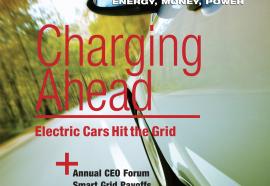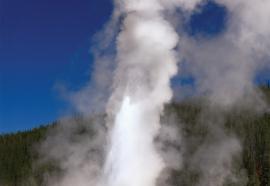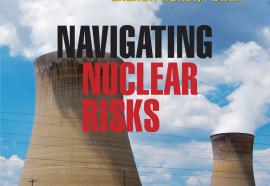Lighting Up the World
Why electricity is good—and more is better.
A century of electrification shows clearly that more electricity—and cheaper electricity—enhances public health, raises living standards and also improves the environment. Conversely, higher prices harm businesses and families, with a disproportionate impact on low-income households. Public welfare goals are best served by public policies that make electricity more accessible and affordable to the masses—not less.







